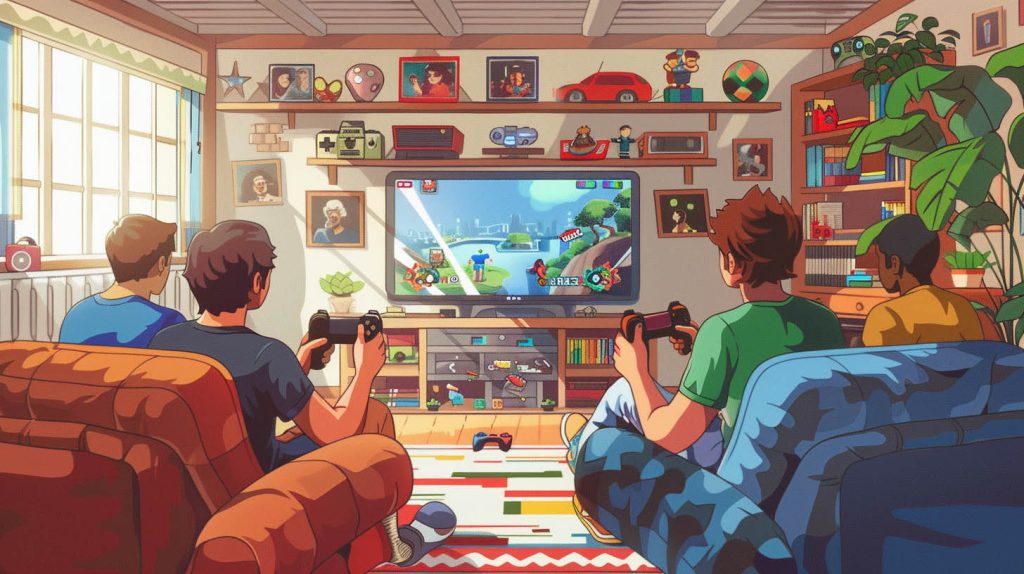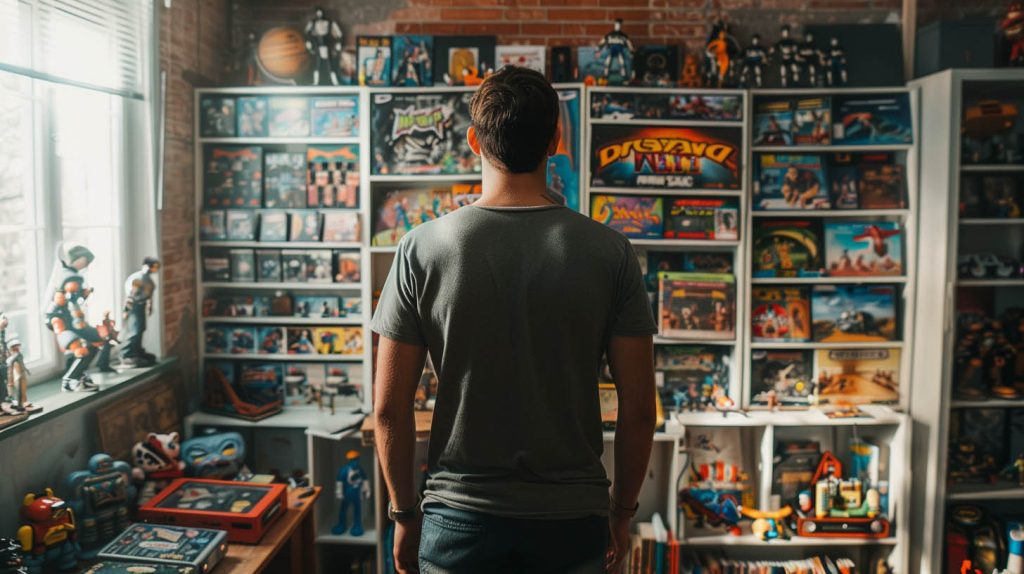When you buy through our links, we may earn a commission. Learn more.
Restoration Fundamentals
In toy restoration, we start by understanding the toy’s condition. This helps us decide what repairs are needed. Next, we gather the right tools to carry out these repairs effectively. Finally, identifying any necessary replacement parts is crucial for a successful restoration.
Evaluating the Toy’s Condition
We begin by inspecting the toy carefully. Look for signs of wear and damage, such as cracks, missing pieces, or faded colors. Assessing the material is key; plastic, metal, and fabric require different approaches for restoration.
We can make a checklist of common issues:
- Cracks: Check for fissures in the material.
- Paint Damage: Look for scratches or missing paint.
- Missing Parts: Identify any components that are absent.
Taking photos can help document the toy’s state before we start repairs, making it easier to track progress.
Gathering the Right Tools
Having the right tools is essential for effective restoration. Here’s a list of tools we should consider:
- Soft Brushes: For cleaning delicate surfaces.
- Craft Knife: To trim loose or damaged parts.
- Glue: To reattach broken pieces securely.
- Paints and Sealers: For touch-ups and finishing touches.
We must use tools appropriate to the toy’s material. For example, metal toys benefit from different care than plastic ones. Each tool plays a vital role in protecting the toy’s value during restoration.
Identifying Replacement Parts
Sometimes, restoring a toy means finding replacement parts. We can start by checking manufacturer websites, collector forums, or online marketplaces for needed components. Popular search terms can help locate specific parts.
Key parts to look for include:
- Wheels: For vehicles, ensure they match.
- Figures: If a toy is missing characters, look for replicas.
- Accessories: Items that enhance the toy’s value.
Having a good sense of what we need allows us to make informed decisions on whether to restore or replace. This can save time and effort while keeping the restoration true to the original make.
Advanced Restoration Techniques
In this section, we will explore key techniques essential for advanced toy restoration. Each method focuses on specifics that enhance the quality and longevity of our precious items. Attention to detail will help us achieve the best results.
Precision Cleaning and Paint Application
The first step in restoring our toys is effective cleaning. We must remove dirt and grime without damaging delicate surfaces. Use gentle cleaning agents and soft cloths to scrub away any buildup.
Next, we address paint application. It’s important to choose the right paints that match the original colors of our toys. We can use a fine brush for detailed areas. When applying paint, consider the following steps:
- Prep the Surface: Lightly sand with fine sandpaper to provide a smooth base.
- Thin Layers: Apply multiple thin layers to prevent drips and uneven surfaces.
- Drying Time: Allow each layer to dry completely before adding more.
Working with Electronics
For toys that include electronic components, we must take extra care. First, we should assess the wiring and connections. If there are issues, we might need to replace or repair them.
We can use a multimeter to check for continuity in the wires. This helps identify faulty connections. When handling electronics, follow these steps:
- Disconnect Power: Always remove batteries or unplug the toy first.
- Clean Connections: Use isopropyl alcohol for cleaning circuit boards and connectors.
- Reassemble Carefully: Ensure that all parts are properly aligned before closing the toy.
Restoration of Missing Pieces
Restoring our treasured toys may mean replacing missing parts. We can source replacement pieces from various outlets, such as auction sites or dedicated forums. When we cannot find exact matches, we can consider fabricating our own.
To create missing pieces, we can:
- Use Resin: Mold and cast pieces using resin for durability.
- 3D Printing: Design and print out missing parts using a 3D printer.
- DIY Solutions: Use clay or other materials to shape and paint custom parts.
Always strive for accuracy in restoring the toy’s original character.
Finishing and Preservation
After completing our restoration, finishing touches are crucial. We want to preserve the toy’s appearance and protect it from future wear.
We should consider applying a clear coat to enhance shine and safeguard paint. Here are some finishing tips:
- Choose the Right Finish: Select finishes like matte, satin, or glossy depending on the toy’s original look.
- Apply Evenly: Use a spray or brush for even distribution.
- Storage Considerations: Store restored toys in a cool, dry place away from direct sunlight to prevent fading.
Following these advanced restoration techniques will help us maintain the quality and beauty of our beloved toys.
I’m Cartez Augustus, a content creator based in Houston, Texas. I’ve been exploring a variety of niches in content marketing in order to increase website traffic. I enjoy experimenting with artificial intelligence, search engine optimization, and paid search. The process of creating nerd-related content has been extremely rewarding since it has enabled me to network with people who are knowledgeable about these subjects.

